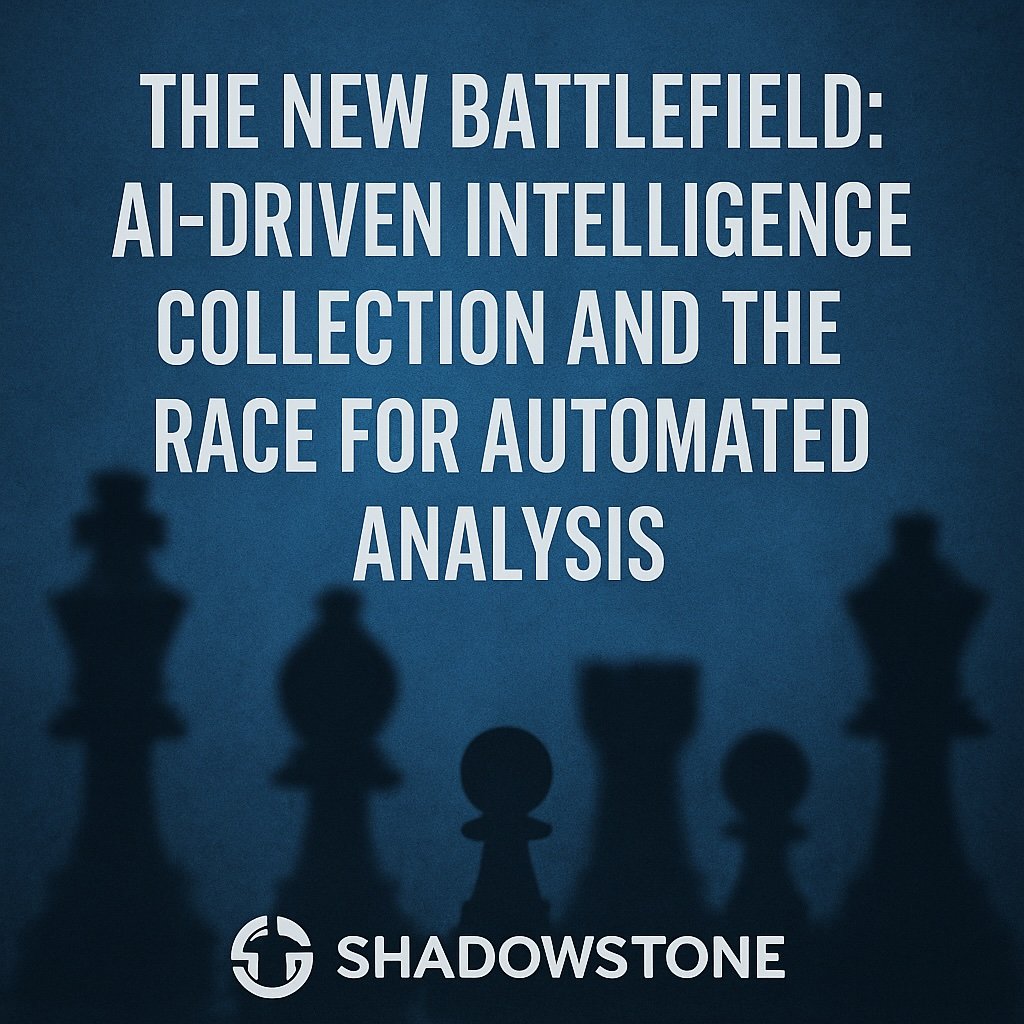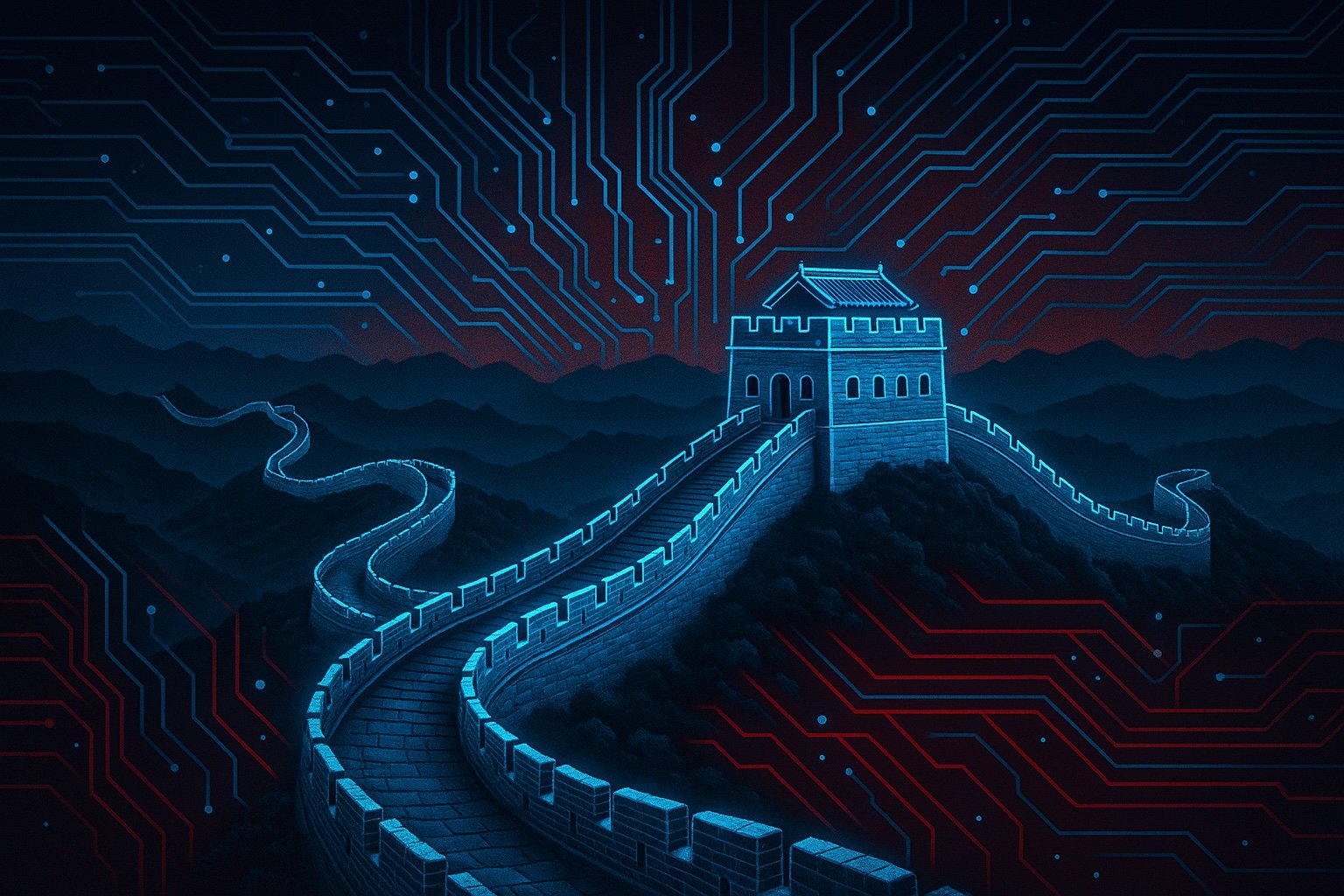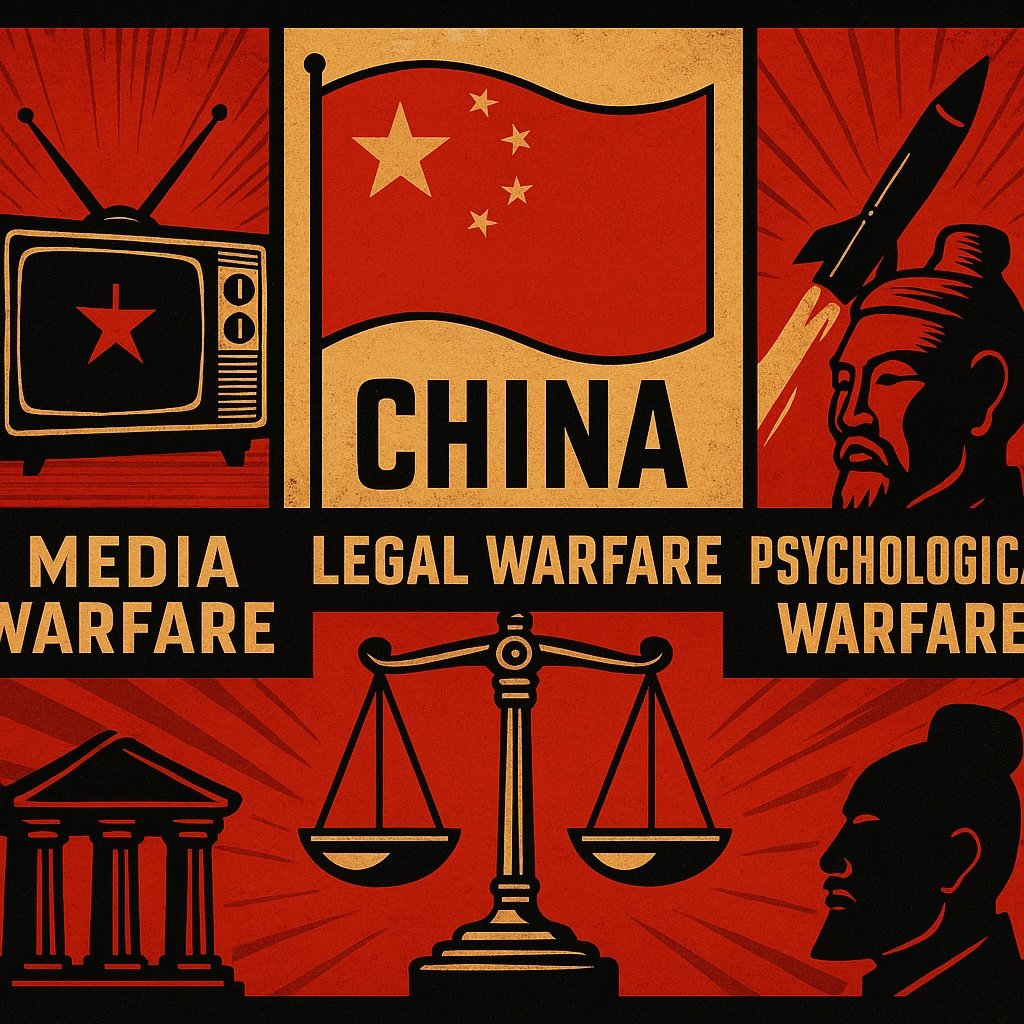In a world increasingly shaped by asymmetric threats, hybrid warfare, and exponential technological advancement, the global intelligence community (IC) stands at a pivotal juncture. From traditional state-run agencies to emerging private intelligence firms, the landscape is evolving rapidly—both in scope and in the tools at their disposal.
A Multipolar Intelligence World
The dominance once held by the “Five Eyes” alliance—comprising the United States, United Kingdom, Canada, Australia, and New Zealand—remains formidable. Yet challengers have emerged. China has accelerated its state-sponsored cyber capabilities, Russia continues to blur the lines between espionage and propaganda, and nations like Iran, North Korea, and Turkey have grown bolder and more sophisticated.
Meanwhile, smaller nations have built impressive SIGINT and cyber warfare capabilities, often through partnerships with private-sector firms or state-sponsored hacking groups. The democratization of surveillance technology—facial recognition, drone-based ISR, AI-driven social media scraping—has leveled the playing field.
Intelligence Goes Private
An equally significant shift is the rise of the private intelligence and OSINT sector. Companies like ShadowDragon, Recorded Future, and Palantir have become essential tools not just for governments but also for multinational corporations, investigative journalists, and NGOs. OSINT (Open Source Intelligence) now rivals, and in some cases outpaces, classified sources in terms of speed and utility.
Private actors are increasingly tasked with tracing dark money, uncovering cybercriminal infrastructure, or identifying disinformation campaigns. The private-public overlap is growing—often blurring ethical boundaries and jurisdictional clarity.
AI, Quantum, and the Battle for Truth
Artificial intelligence has become both a boon and a liability for the IC. On one hand, it enhances data processing, anomaly detection, and predictive analytics. On the other, it is being weaponized to generate highly convincing deepfakes, misinformation, and psychological warfare campaigns.
With quantum computing on the horizon, encryption—the backbone of secure communications—is under threat. Agencies worldwide are racing to develop post-quantum cryptography before adversaries render current standards obsolete.
Human Intelligence Still Matters
Despite technological leaps, HUMINT (human intelligence) remains irreplaceable. No algorithm can yet replicate the nuance of human behavior, motivation, or deception. However, recruiting assets has become riskier in an era of ubiquitous surveillance. The traditional “Moscow Rules” now apply not only in foreign capitals but online as well—spies must navigate both real-world and digital counterintelligence threats.
Emerging Frontiers
The battlefield has expanded into previously untapped realms:
- Space is now a strategic intelligence domain, with satellites and anti-satellite weapons central to national security.
- Bio-surveillance is a growing priority post-COVID, with agencies tracking not just diseases but bioengineering programs.
- Climate intelligence is emerging as a national security pillar, as nations anticipate population displacement, resource wars, and geopolitical instability triggered by environmental stress.
The Ethical Dilemma
Increased capabilities come with increased ethical risk. The line between intelligence and surveillance is razor thin. In authoritarian regimes, these tools are used to suppress dissent and control populations. Even in democracies, the potential for overreach remains a concern. Transparency, oversight, and legal frameworks must evolve alongside technology to maintain public trust.
Conclusion
The global intelligence community of 2025 is a complex web of nation-states, private firms, data brokers, AI systems, and whistleblowers. The stakes are high—not just in terms of national security, but in safeguarding truth, privacy, and democracy itself. Those who adapt fastest and remain ethically grounded will lead in this new era of intelligence.





